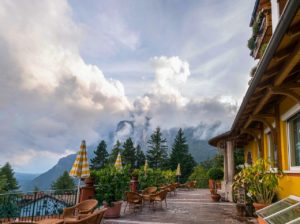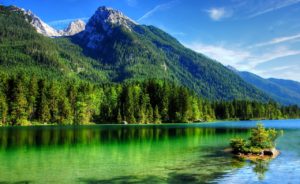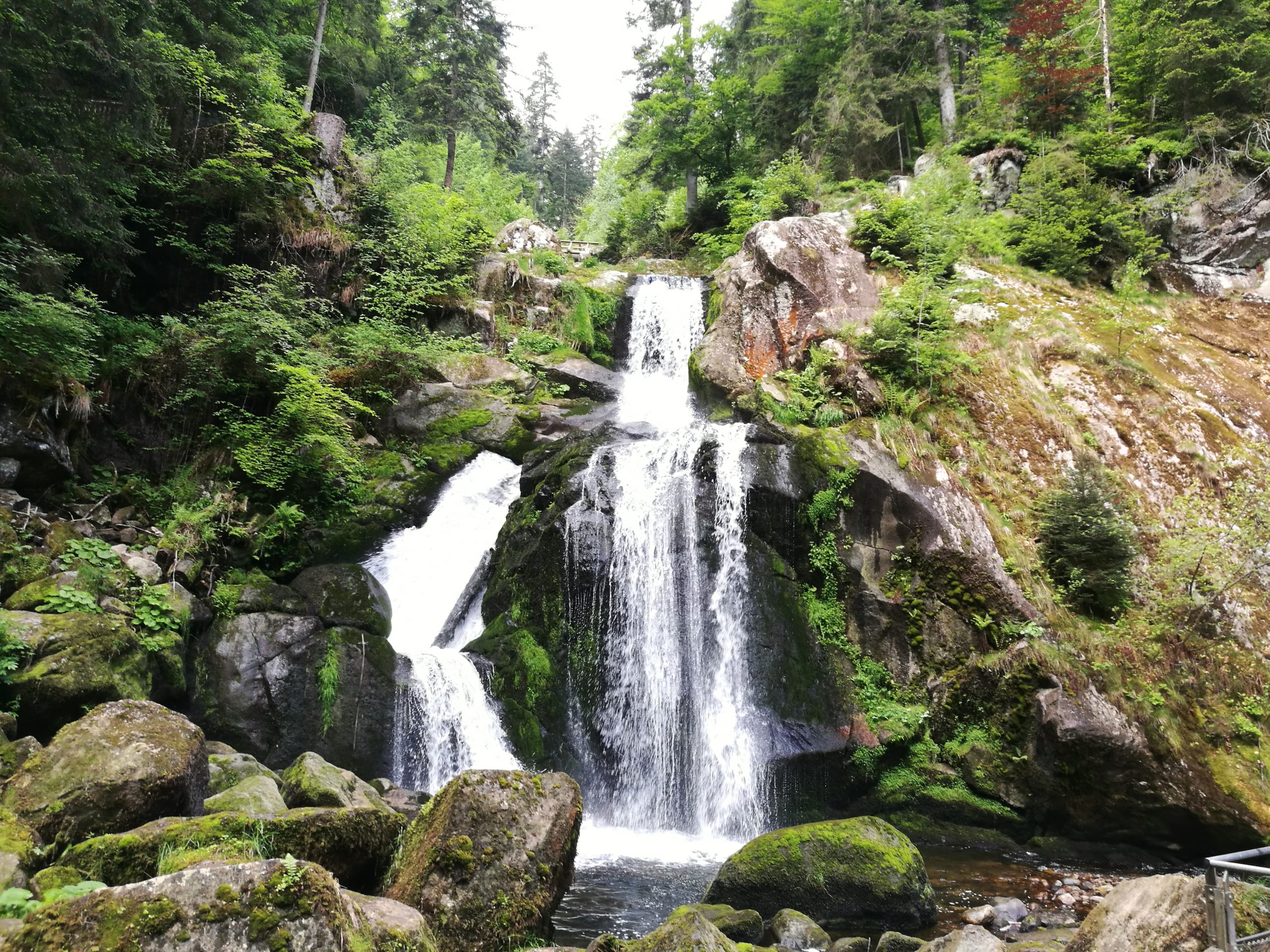The southwest of Germany is know as the sunny state and Freiburg has the most sunshine hours in Germany.
Baden-Württemberg is famous for the Black Forest, the Bodensee the two university towns of Heidelberg and Tübingen, and of course Stuttgart.
The official Website
Areas
- Lake Constance (known as Bodensee in German) We also have an accommodation listing on our site Klosterhof1595
- Black Forest
Towns
- Baden Baden – Spa town in the northen Black Forest. You can also find many casinos here. It is a a very expensive town
- Heidelberg – The famous Schloss Heidelberg is a must see. You can also see the worlds biggest wine vat there.
- Stuttgart – Vinyards, the Mercedes and Porche museums.
- Tübingen – home to one of Europe’s oldest universities. A beautiful old city on the banks of the Neckar
- Triberg – in the Black Forest, home to the largest Cuckoo clock and the Triberg waterfalls
- Ulm – The worlds highest church tower and close by the Blautopf in Blaubeuren. You can also read more about the Blautopf on my personal blog. The Steiff museum is also not far away in Giengen/Brenz. Also read more here
- Rotweil The oldest city Baden-Württemberg´s and home of the Rottweiler dog and the “Test Turm”
National parks
The Black Forest national parkFreizeitparks
Lakes
Foods and Drinks
The culinary specialties of BW can be divided by region, Baden, Franconian and Swabian Baden- Schwarzwälder Schinken (Black forest smoked ham)
- Schwarzwälderkirschtorte (Black forest cake)
- Dampfnudeln (Yeast dough cooked and served with vanilla sauce or cherries)
- Knöple (round Spätzle)
- Hefezopf
- Linzer Torte
- Springerle
- Kirschwasser
- Spätzle or Käsespätzle
- Maultaschen
- Flammkuchen
- Gaisburger March
- Spätzle or Käsespätzle
- Maultaschen
- Schupfnudeln
- Linsen mit Spätzle
- Gelbwurst
- Flammkuchen
- Brezeln (they look different from the ones in Bavaria, the arms are thinner and the “stomach” has a cracked crust)
- Trollinger, Gewürztraminer and Spätburgender wine
Festivals
- Nabada in Ulm. Held on Oath Monday in July. Water parades and “Flotte” on the Danube. Concerts and water fun
- Weindorf in Stuttgart. Local winemakers sell their wine. Food, music and gemuchlikeit
- Bregenz Opera Festival held on Lake Constance with a floating stage
Geheimtipps
- Hohenzollern Castle– Ancestral seat of the last German Emperor and Prussian King (Hechingen)
- Castle Sigmaringen (Sigmaringen)
- Donautal
- Monastery of Beuron
- Jägerhaus
- Hohenkarpfen – Breath-taking views
- The island of Mainau
More information
Related content

Tourist accommodation types
23/07/2021
No Comments
Germany, known for its rich cultural heritage, stunning landscapes, and vibrant cities, offers a diverse range of accommodation options to suit every traveler’s needs. Here’s

Travel ideas within Germany
18/07/2021
No Comments
Germany is a beautiful country with diverse landscapes and many regional specialties.To add your suggestions please submit it via this form Below are some travel

Weather in Germany
31/01/2021
No Comments
German Climate Germany’s climate is temperate and marine, with cold, cloudy winters and warm summers and in the south occasional warm föhn wind. The greater



You must be logged in to post a comment.